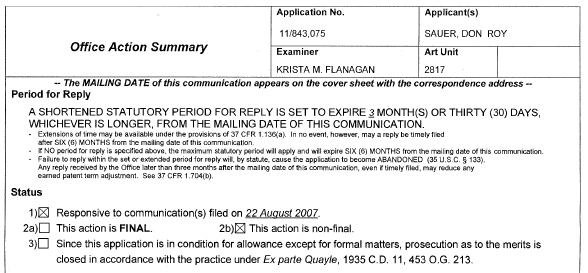
Continuing_Adventures_At_USPO
While there are a lot of webs sites on filing patents
online,
there does not seem to be as much documentation directed at
what happens
when a patent examiner rejects an application. Just like for the patent
application, there is a precise correspondence format that is expected to be
followed when working with the patent office. Most
inventors who work in
corporations may be left out of this important part of the patent process.

An inventor working in a corporation will be asked to check pretty
much everything in a patent application that will be
sent off to the patent
office. When an examiner rejects an application, the inventor
may be shown
some of the correspondence and asked to comment on it. But how often is
the inventor copied on all the correspondence with the patent office?
Seems like it is usually best to keep the inventor mostly out of the loop
when the patent is for a corporation.
But when an individual is patenting something, the patent attorney will copy
the inventor on all correspondence. Just like for the patent application,
the correspondence format is also critical. It helps when one can actually
check real correspondence to see what actually worked.
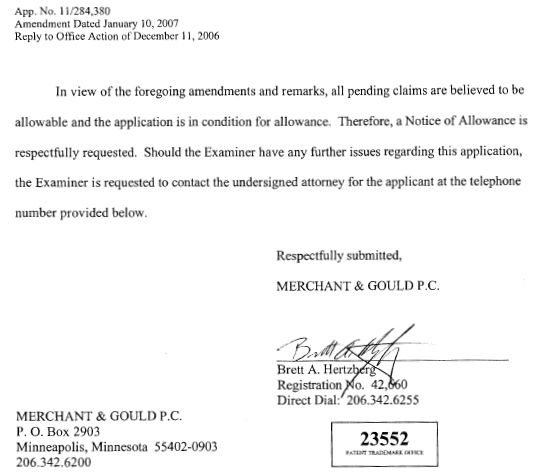
The patent system appears to resemble technology in that there is a need
to express details to great precision. Whether it be software, hardware,
IC design, GSII file format, etc, every technical field has developed its own
extremely precise way of expressing details. Details make the difference
between things working or not. To some engineers, learning how to write
up patents may just be like learning another precise technical language.
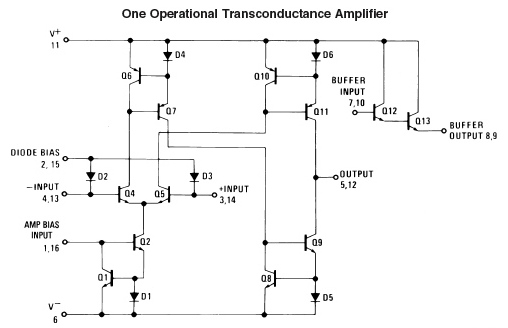
For an IC design engineer, a circuit schematic is where everything
needs to be right. And things like the IC layout follow the schematic.

In the patent system, the precision is put into the claims. The rest
of the application is expected to support the claims. The examiner
expects this. In this example, the claims, specifications, and drawings
all were included in the initial rejection.
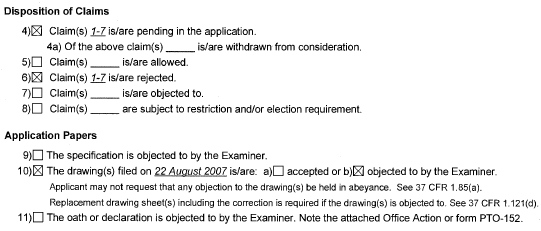
As with schematics, things are a not so intimidating when
one knows what
things mean. The meaning of the claims can be somewhat simplified if color
coding is used to distinguish nouns from verbs in the claims. In the actual
claim shown below, the nouns are red and blue, the verbs are cyan,
and items that are commonly included are in green.
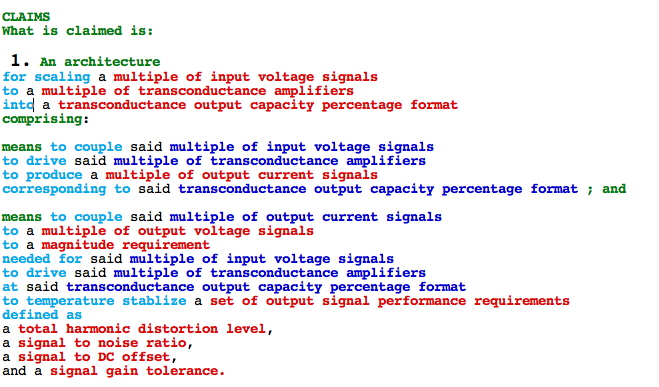
A claim is basically a boolean logic equation/circuit where the nouns
are voltage nodes or states and the verbs are logic gates.
Since IC engineers have been known to completely capture the spirit
of an invention on bar napkins, why not use equations instead?
However, this boolean logic is expected to use mainly "AND" logic.
Using "OR" or "Not" logic is not recommended.
Notice how Nouns that are being declared for the first time are shown in red
and are always preceded with and "a". Whenever that same Noun is used again,
it is shown in blue,
it is then proceed by either a "said"
or "the".
A few other details. Each claim is expected to be one sentence, such that
there is only one capital letter at the beginning and only one period at
the end. Basically the challenge is to encapsulate all essential elements
using as few words as possible. Go for quality, not quantity, which
is something that comes natural to most engineers. Except engineers usually
do it using transistors rather than with words.
All the claims were initially rejected because
apparently the words
"architecture" and "method" should not be used together.
Apparently
using the word "Method" involves traveling down a much
different road.
But this
application also shows how the rest
of the application is meant
to support the claims. The examiner also felt both the
drawings and the
specifications needed to be modified as well.
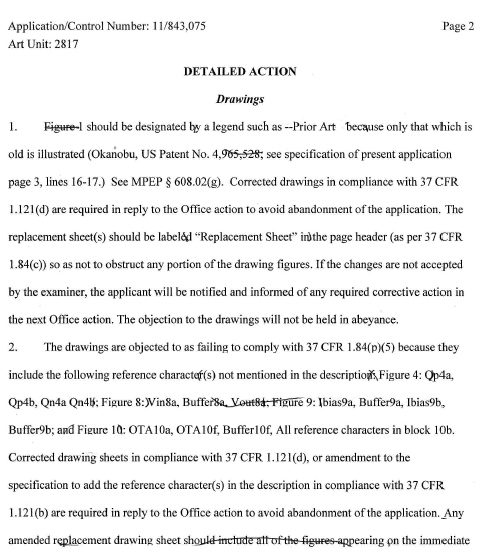
The examiners phone numbers are not hard to find. But they don't appear to
be easy to get ahold of. Wonder Why? But once contact is made, they don't
seem to be too hard to deal with. Oh, but to make it
more interesting, have
your examiner change departments while the time limit is running out.
Now go through the challenge of getting ahold of the new examiner all
over again.
So needing an extension and paying a fee might not be too uncommon.
And finding the amendment changes all get rejected because they were
not sent in the proper format might not be too big of a surprise either.
Sometimes one needs to be able to ask the right
questions to get the
right answers.

But if one happens to be fortunate enough to have a
complete set
of two way patent correspondence inside one's patent
pile, a lot of trial and error effort may be avoidable. Simply
copy and slightly modify everything. The information on-line
looks like it could be lacking some critical detail in this area.
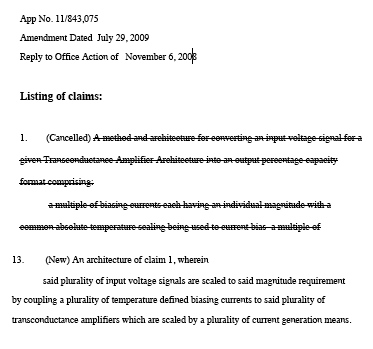
As with the patent application, the correspondence to modifying the
claims are expected to follow a certain format.
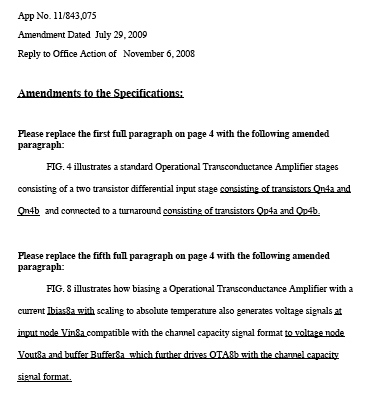
The specification correspondence has its own required format.
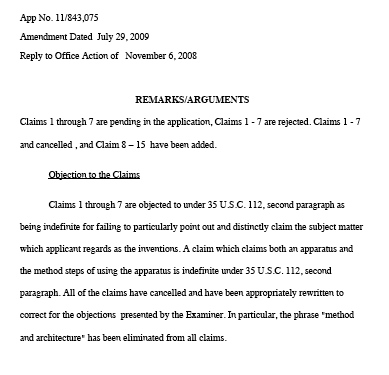
And some remarks are expected.
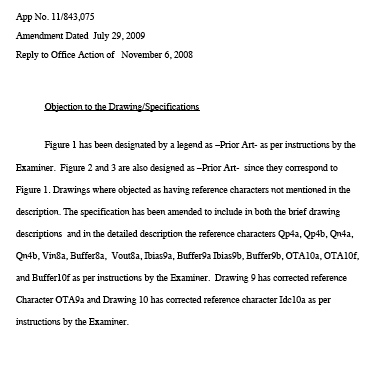
And the drawings are described as such..
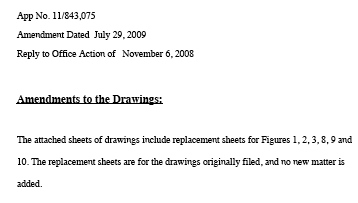
Then the drawings are added at the end.

The drawing changes have their expected format.
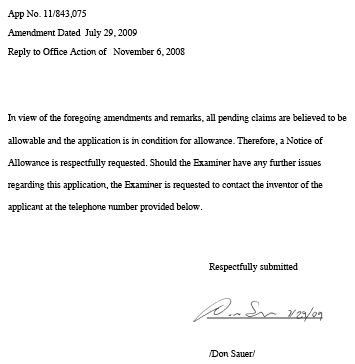
And after making sure every detail has been addressed,
a little wrap up letter is needed.
All changes get enclosed in a single file called
AmendChannelCapacity.pdf
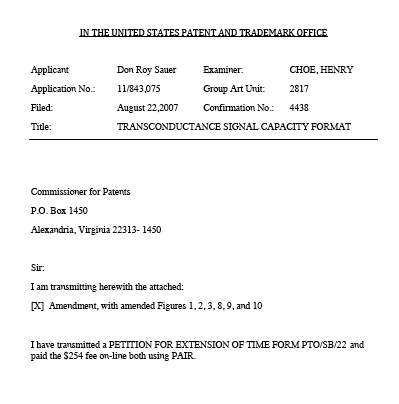
And a separate Transmit letter is written up to go with it.

Both files are uploaded through PAIR as such.
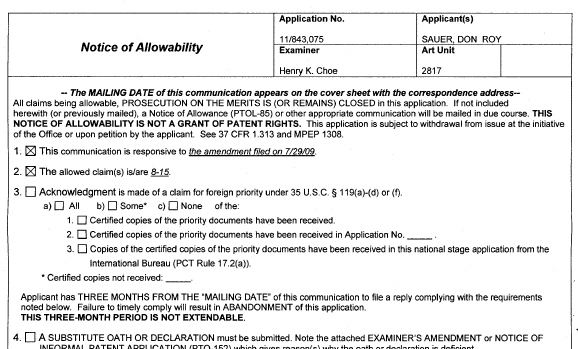
And this time it all worked!
There is on-line web documentation concerning patent office
correspondence. But this online help may leave out some critical details.
If one actually has a complete example of what
actually worked, then
copying and modifying it may have a much better chance of working
without a problem.